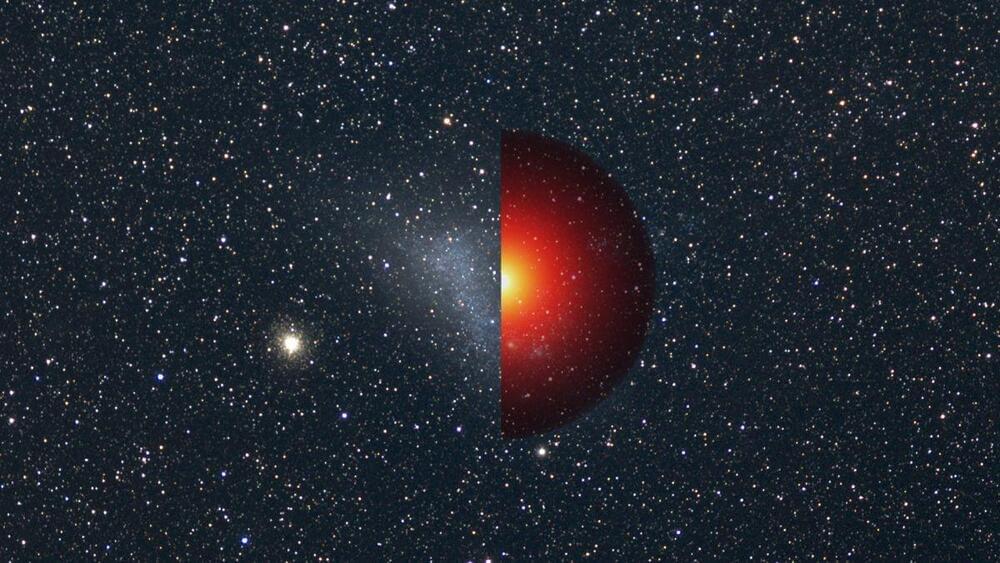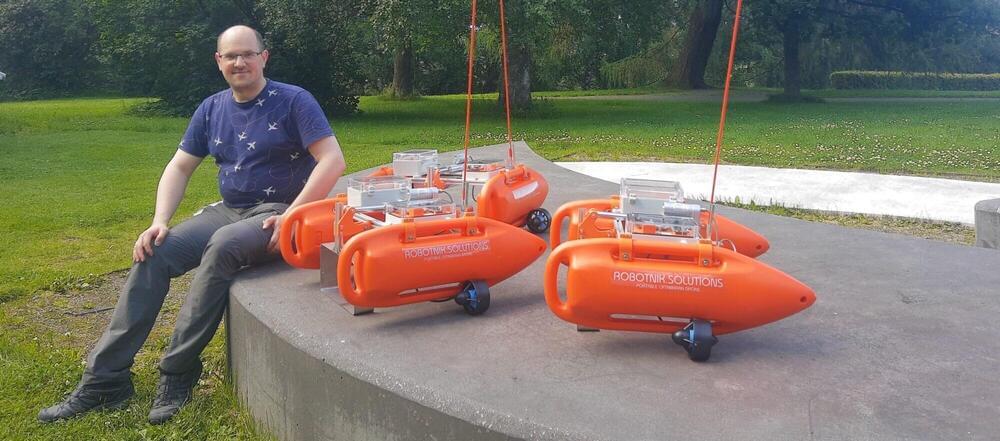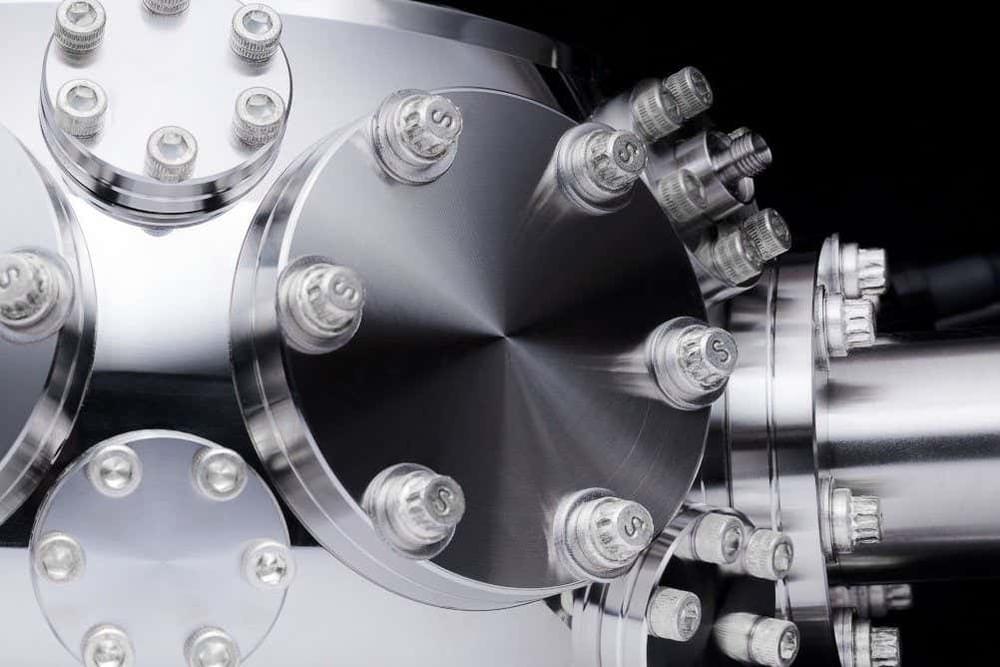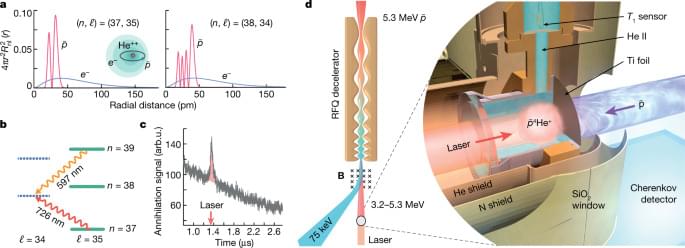Aug 7, 2022
The dark matter hypothesis isn’t perfect, but the alternatives are worse
Posted by Dan Breeden in categories: computing, cosmology, particle physics, satellites
But the dark matter hypothesis isn’t perfect. Computer simulations of the growth of galaxies suggest that dark-matter-dominated galaxies should have incredibly high densities in their centers. Observations of real galaxies do show higher densities in their cores, but not nearly enough as those simulations predicted. Also, simulations of dark matter evolving in the universe predict that every galaxy should have hundreds of smaller satellites, while observations consistently come up short.
Given that the dark matter hypothesis isn’t perfect — and that we have no direct evidence for the existence of any candidate particles — it’s worth exploring other options.
Continue reading “The dark matter hypothesis isn’t perfect, but the alternatives are worse” »

















